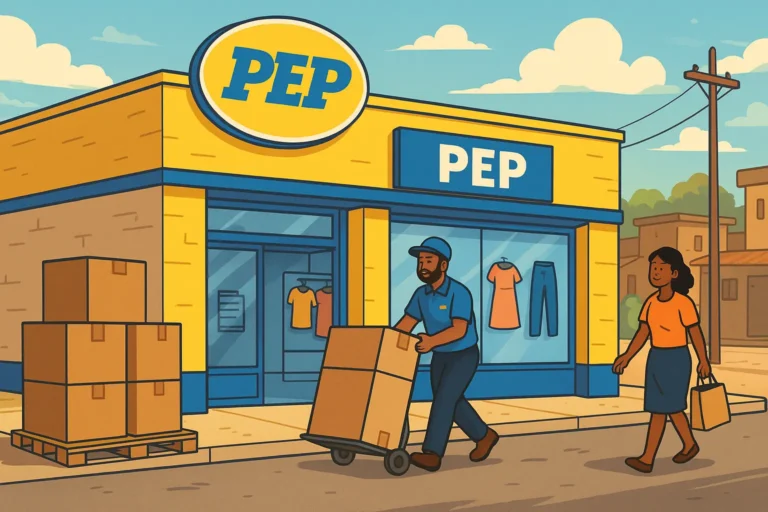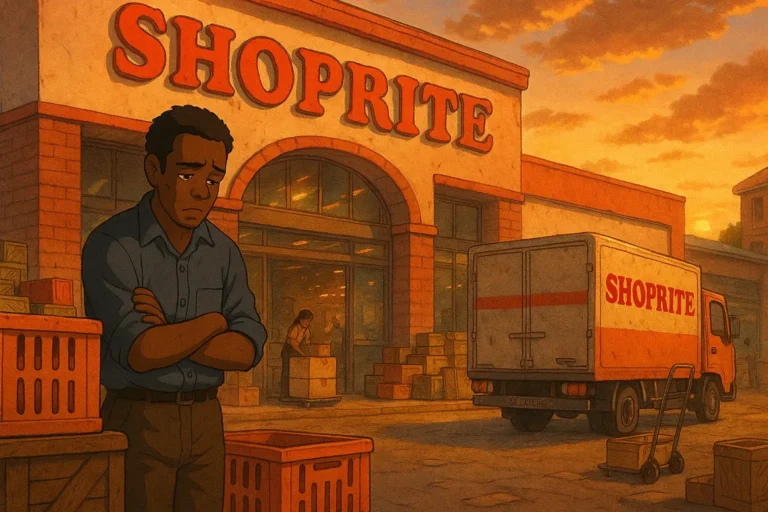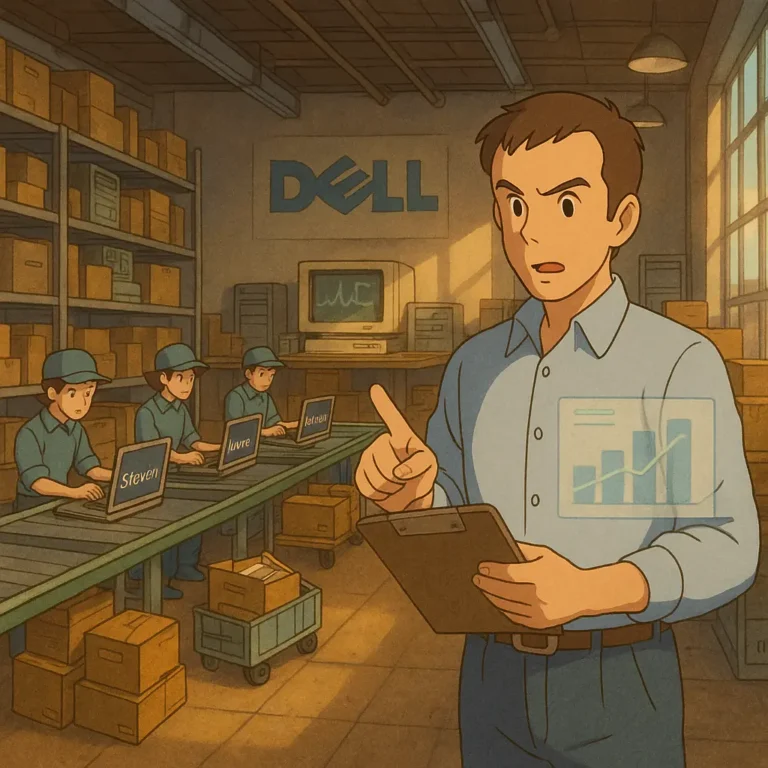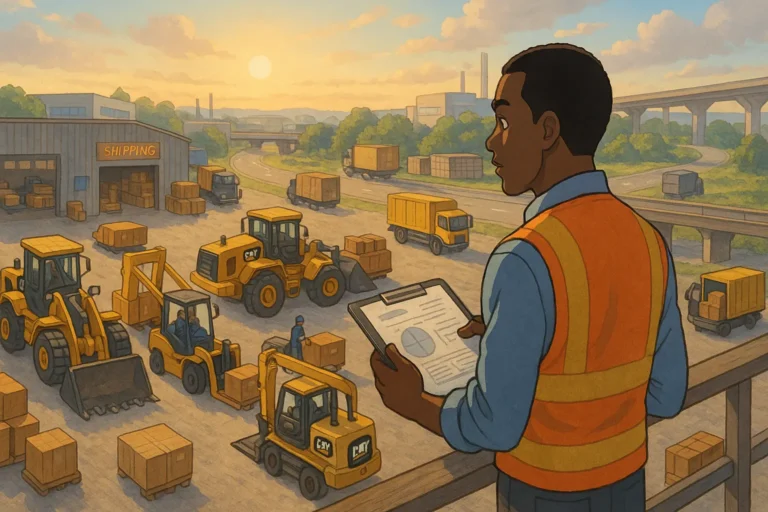
Many supply chain managers believe that bottlenecks tend to occur every now and then, but it doesn’t have to be so. With proper planning, your supply chain can enjoy seamless operations.
However, knowing the causes of bottlenecks and how to tackle them before they occur is important to sustain supply chain operations seamlessly.
In this article, we will review the causes of these bottlenecks and strategies to review them.
What are Supply Chain Bottlenecks?
Supply chain bottlenecks are activities or situations in the supply chain that disrupt the flow of goods and services. They can occur anywhere in the supply chain, from sourcing to delivery.
The modern supply chain is a network of several factors and stakeholders working together to achieve a certain goal. When any of those parts are not in alignment, it can lead to disruption.
Bottlenecks can be quite expensive for any supply chain, not only because they cause downtimes, which impact revenue, but because they also impact customer satisfaction.
As any economist and marketer will tell you, low customer satisfaction impacts your supply chain in the long run, which can be difficult to reverse.
What are the causes of Supply Chain Bottlenecks?
Supply chain bottlenecks can result from internal or external factors. However, you can boil them down to the causes mentioned here.
1. Transportation and Logistics Breakdown
The logistics section of the supply chain is very important to its success. It facilitates goods and services from and to the supply chain. Basically, without the logistics channel, most parts of the supply chain wouldn’t work.
This means a breakdown in transportation and logistics can lead to total disruption of the entire supply chain.
Internal or external factors could cause these breakdowns or delays. An example of an internal breakdown of logistics is vehicle damage or driver challenges.
External factors could be from poor infrastructure, which can be prevalent in Africa.
2. Poor Inventory Management
Every supply chain produces a product, whether it is in the goods or service industry. However, to produce these products, they need inventory.
The goods supply chain needs inventory on both ends of the supply chain.
But what happens when your supply chain doesn’t have enough inventory to produce? It hinders your supply chain’s ability to deliver, leading to disruption.
An issue with your inventory could be because of poor procurement practices, production constraints, damaged goods, or poor inventory control measures.
3. Forecasting Errors/Demand Volatility
Demand forecasting is a huge deal for the modern supply chain, especially with supply chains looking to survive under the current business climate.
Sometimes, demand forecasting can be inaccurate, and sometimes, volatility in demand can get the best of your supply chain.
For example, you don’t want to produce 100 cups, and your customers are demanding 50 cups or 150 cups. Either way, your supply chain is in a bind, and you are potentially losing money.
The pandemic exposed a lot of supply chains to demand volatility and forecasting errors, which wasn’t all the supply chain’s fault. However, it led to the loss of money for most of them.
4. Poor Quality in the Supply Chain
Your supply chain’s operation can suffer from a case of poor quality control. Every good business wants to give its customers the best version of its product.
Well, with the current competitive climate, these businesses have to, but sometimes and for a number of reasons, poor quality can find its way into the supply chain.
The reasons vary, from sourcing the wrong supplier to poor quality control in the supply chain. It could also be from using the wrong materials or damaged raw materials, which find their way into production.
When the product is poor, it can lead to poor customer satisfaction, which costs your supply chain money.
5. Production Constraints
Sometimes, everything is in place, the right raw materials are in place, the demand forecast is accurate, and suppliers are doing their part.
But your supply chain doesn’t have the capacity to produce.
It might also be due to constraints such as a slow production process or a breakdown in the production process.
When the supply chain cannot produce, it becomes challenging to meet expectations.
Strategies to Navigate Your Supply Chain Bottlenecks
Resolving supply chain bottlenecks might differ for several organizations. There is no one-size approach.
However, the strategies listed here are quite popular and could help your supply chain.
Process Mapping
Process mapping is the visual documentation of a business or its supply chain management operation. You may call it the flow chart of the business operation.
Mapping gives you an overall visibility of your supply chain, which helps you easily identify vulnerabilities and problems that may cause bottlenecks.
Process mapping is easy to understand and gives you a holistic view of your supply chain, which helps you see how bottlenecks arise and impact your operation.
Root Cause Analysis
Every bottleneck is more a symptom than the actual problem. For instance, if demand forecasting is constantly wrong in your supply chain, it could lead to an inability to meet customer demands.
The bottleneck is poor demand forecasting, but the root cause might be a calculation or a software issue.
Root cause analysis entails evaluating the supply chain to find the root of any issue and then working to eliminate that issue.
Agile Supply Chain Management
The supply chain is constantly changing. For instance, local supply chains are making a comeback as opposed to the global supply chains we have been used to for a while.
Supply chains must ensure agility by remaining flexible and adaptable, or they get stuck in the mud, wondering how to get their supply chain working again.
The modern supply chain is rapidly changing, and one of the best ways to hang on and deal with it is by continuously improving it.
For example, businesses are leveraging tech to speed up their supply chain.
There are still limitations in Africa, but those implementing tech are gradually taking on more customers, which could be problematic for other businesses.
Optimizing Inventory Control Levels
Your inventory plays a huge role in your supply chain. Too few and there is a problem of meeting demand. Too high, and there is a problem of additional costs to the supply chain.
You must find the right balance if your supply chain will enjoy any success. A solution to these is to optimize inventory to match your supply chain’s demand.
Different inventory models work for different businesses and industries. For instance, retail stores might adopt the just-in-time inventory strategy, while aircraft manufacturers adopt the pull inventory strategy.
Common goods manufacturers like envelopes, nail cutters, and so on often favour the push inventory model. Always pick what works for your style of business.
Supplier Relationship Management
Supply chains collaborate with at least one vendor to optimize their supply chain process. Your supply chain most likely has one, whether in procurement, logistics, or production.*
Managing these relationships can impact your supply chain depending on how well you do. For instance, your suppliers can get relaxed if your supply chain encourages it, leading to low quality, late deliveries, and, ultimately, supply chain downtimes.
On the other hand, effective communication, long-term collaborations, and fair treatment go a long way to ensure your suppliers are at their best, ultimately enhancing your supply chain efficiency.
How to Collect and Analyze Data on Supply Chain Bottlenecks
1. Define your objectives
The aims and purposes of the data collection process should be made very clear. It helps if you decide early on, which particular supply chain problems or bottlenecks you wish to address.
2. Identify Data Sources
Identify the data sources that are pertinent to your goals. Internal databases, ERP systems, logistical software, supplier reports, client feedback, and industry benchmarks are a few examples of these sources.
3. Data Gathering
Gather information from the suggested sources. Ensure the information is correct, current, and relevant to the supply chain operations you are analyzing.
4. Data Validation and Cleaning
To get rid of duplicates, mistakes, or inconsistencies, clean and validate the data that has been gathered. To do an appropriate analysis, ensure the data quality is very good.
Integrate data from many sources to get a full supply chain picture. To combine information, use platforms or technologies for data integration.
5. Data Analysis
Make use of data analytics methods to examine the gathered data. Find the patterns, trends, and anomalies in the supply chain that point to bottlenecks or inefficiencies.
Create charts, graphs, and dashboards to show data visually. Stakeholder communication of findings and insights is facilitated by visualization.
6. Feedback and Validation
Discuss the results with the appropriate supply chain stakeholders and solicit their input.
Consult those who are presently directly involved in the processes to confirm the identified bottlenecks and suggested fixes.
Create a plan of action to address the prioritized bottlenecks. Specify the steps, responsibilities, and timelines for implementing solutions.
Best Practices for Navigating Supply Chain Bottlenecks
Adopting Technology
Technology does a lot for your supply chain, including data analytics, visibility, demand forecasting, vendor management, sourcing, and payment processing.
Basically, it simplifies the entire supply chain management and helps you navigate challenges that could cause bottlenecks in your operations.
Before investing, find areas in your supply chain where it could be absolutely necessary, for example, demand forecasting and order processing.
Continuous Improvement
Keep improving your supply chain. Businesses are evolving; supply chains are as well.
Continuous improvement ensures you are optimizing your supply chain for current and future business climate, which gives you a competitive edge.
Optimize Inventory Levels
The right inventory levels can save your supply chain from so much pain and loss. Invest in the right inventory management model and tools to get the best out of your inventory.
Invest in warehouse optimization as well. Innovative practices like warehouse slotting and Warehouse Management Software can go a long way in helping you gain control over your inventory.
Make Informed Decisions
It can be tempting to change your supply chains because others are doing it. However, not all supply chains are the same, even those in the same industry.
Before making any changes in your supply chain, it is important to have all the information and know how it impacts your supply chain.
FAQs on Supply Chain Bottlenecks
Q1. How can I identify supply chain bottlenecks within my supply Chain?
Conduct a thorough review of your supply chain’s operations, keep an eye on key performance indicators (KPIs), and search for regions with long lead times, frequent delays, or inventory imbalances to spot bottlenecks.
Q2. What are the common consequences of supply chain bottlenecks?
Delivery delays, longer lead times, greater operating costs, extra inventory, unsatisfied customers, and missed income opportunities are typical effects.
Q3. Are there any technologies or programs that can be used to manage and mitigate supply chain bottlenecks?
In order to address bottlenecks, there are a variety of supply chain management software and applications that provide real-time insight, demand forecasting, inventory optimization, and performance monitoring.

Obinabo Tochukwu Tabansi is a supply chain digital writer & ghostwriter helping professionals and business owners across Africa explore various strategies that work and learn from the success and failures of various supply chains across the globe. He also ghostwrites social content for logistics & supply chain businesses








